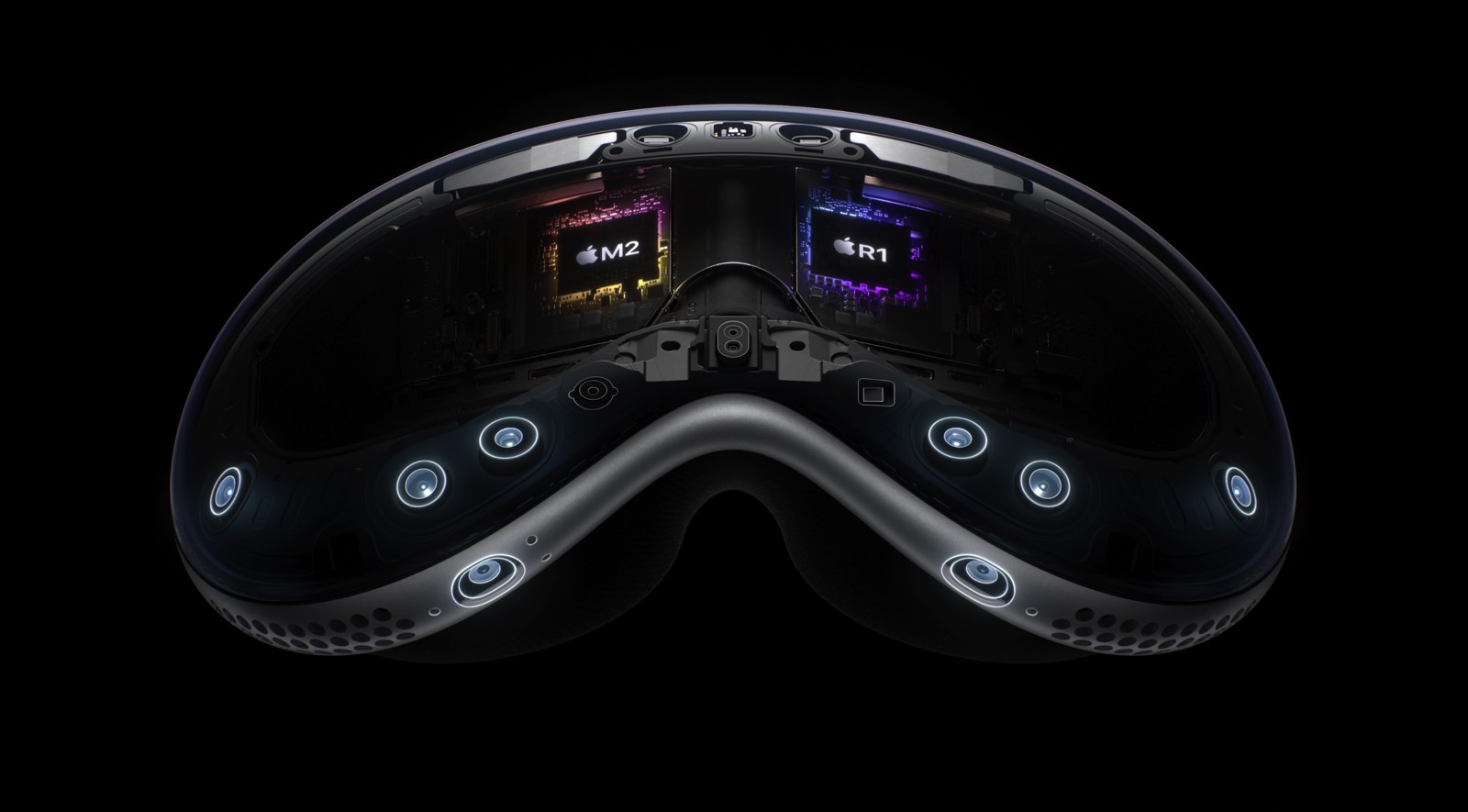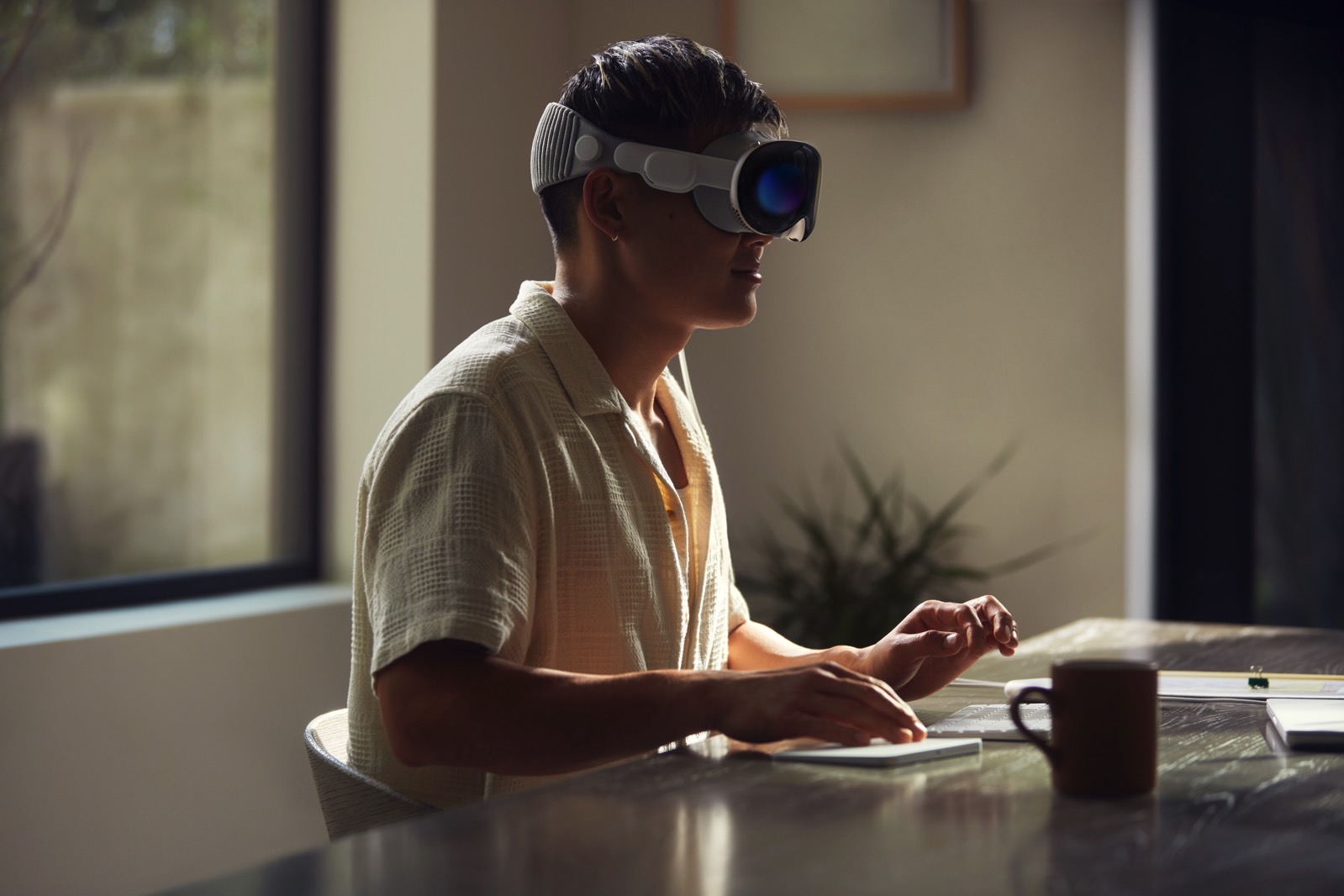Why I’m so excited for one of Apple’s most boring Vision Pro features
I’m firmly in the camp of Apple users who will buy the Vision Pro the first chance I get, despite the $3,499 price tag. But I’m also very aware that I might have to return it soon after I purchase it. Not to get my money back, but to avoid Vision Pro motion sickness and nausea incidents. These are the kind of experiences that will prevent me from making the most of the first-gen spatial computer.
It turns out that my worries might be misplaced, as Apple is apparently doing everything it can to ensure that motion sickness won’t be an issue. After an expert explained that the sophisticated tech inside the Vision Pro should ensure a smooth, lag-free AR/VR experience, we’ve just learned of another spec detail that should help prevent motion sickness.
The Vision Pro will feature a custom low-latency DRAM chip from SK Hynix. That sounds incredibly boring, but to me, it’s one of the most exciting Vision Pro features. The point of the chip is to ensure a fast and smooth experience when rendering the real world, which should go a long way to prevent motion sickness.
The detail comes from The Korea Herald, which cites industry sources when reporting that SK Hynix is the sole chip supplier for the Vision Pro.
Specifically, the company will manufacture the custom dynamic random access memory (DRAM), sources claim. The company hasn’t confirmed the Apple deal.
The custom DRAM chip should support the R1 chipset that Apple introduced at WWDC 2023. That’s a brand new piece of Apple silicon whose sole purpose is handling the data from the Vision Pro’s sensors. Therefore, this is the chip that will deliver the AR/VR experience and track the eyes and hands.

The R1 will receive continuous information from 12 cameras, five sensors, and six microphones. That’s what makes the R1 a brilliant addition to the Vision Pro. Apple is aiming for a lag-free three-dimensional experience; that’s why it needs the R1 chip. The M2 chip, meanwhile, will handle visionOS and the app experience.
The report reminds us that the R1 should process all input with a lag of 12 milliseconds. That’s how fast it’ll stream data to the displays. And that’s eight times faster than the blink of an eye. The Vision Pro would probably benefit from a high-speed DRAM chip. SK Hynix’s solution is a 1-gigabit DRAM chip. The processor reportedly increased the number of inputs and output pins eightfold to minimize delays.
The Vision Pro’s custom chip is also known as Low Latency Wide IO, The Herald notes. Moreover, SK Hynix might have used a special packaging method to manufacture the chip: Fan-Out Wafer Level Packaging. The DRAM chip would be attached to the R1 as a single unit as a result.
All of that sounds exciting in theory. Indiscernible lag means I don’t have to worry about motion sickness and nausea while using the Vision Pro. Pair that with a recent BBC interview with an expert in the field, David Reid, and it feels like I shouldn’t have too many reasons to worry.
“With Apple, they’ve tried to reduce the motion sickness as much as possible. By reducing lag and delay, and utilizing high-quality displays, Apple has made a headset that is still best in class for motion sickness,” Reid said.
Of course, I’ll have to wait until the Vision Pro is available in stores to see whether that’s good enough for my brain.
For all the latest Technology News Click Here
For the latest news and updates, follow us on Google News.

